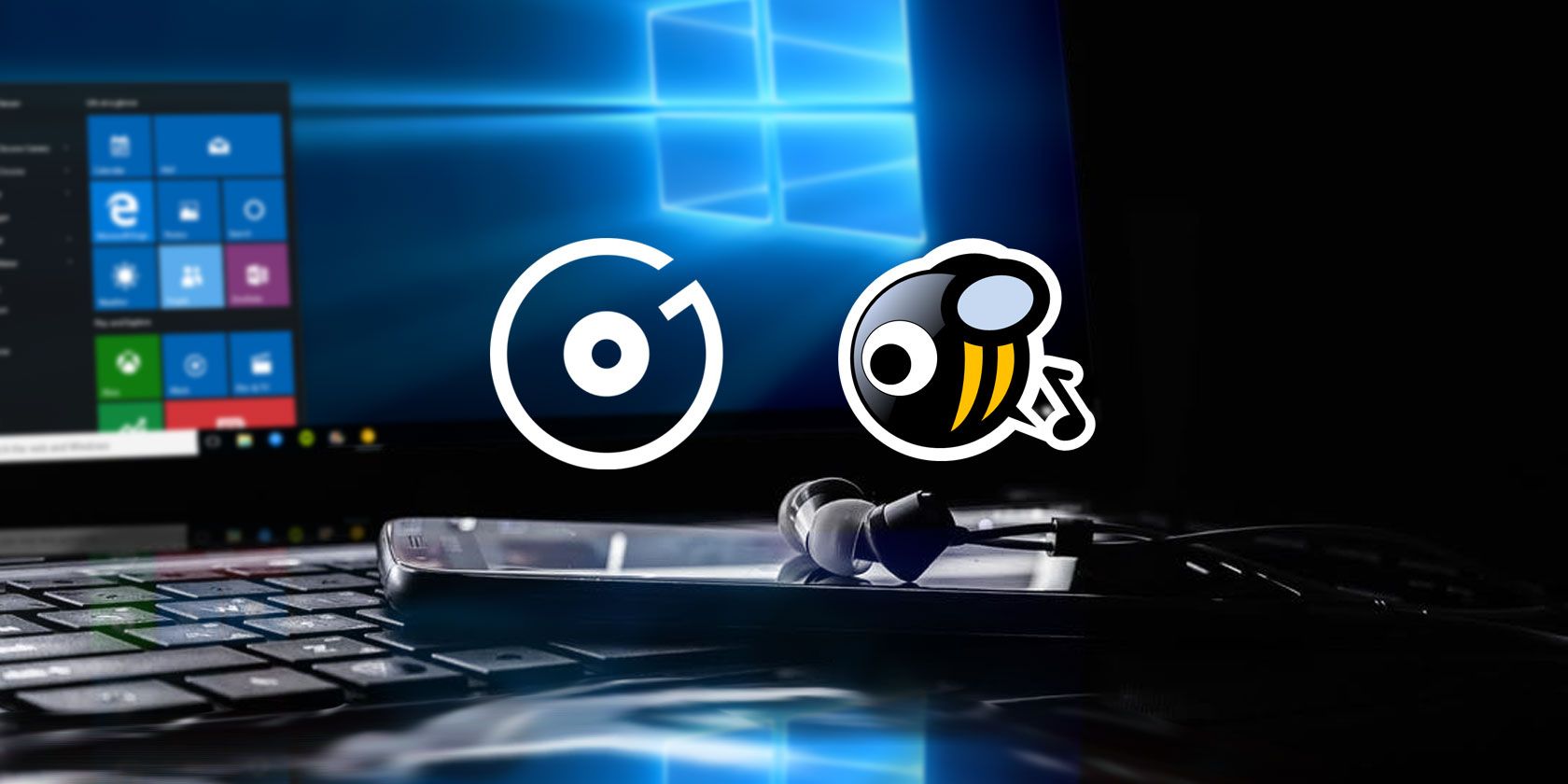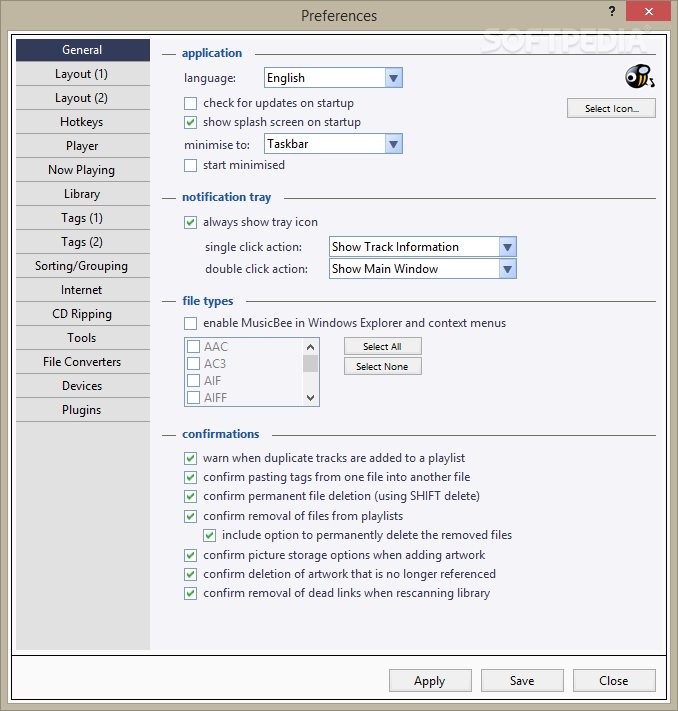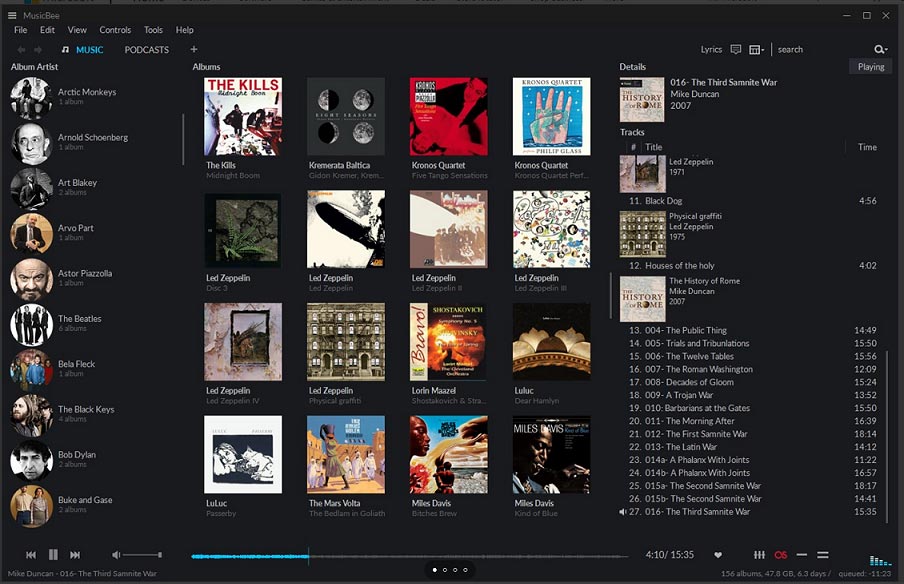

Click on the Title column-head to reorder them in alphabetical order.Your music files will be listed along with basic details such as artist, title, album, year, genre, rating, etc.Press and hold the Ctrl + A keys simultaneously.For a large music collection, the second automated method is recommended. It will require a very long time to go through each file (depending on the size of your collection). If your music collection is too large, this method is not feasible.To avoid that, consider moving all of the filtered duplicate music to a new temporary folder for reviewing them in detail. When this happens, there is a risk of accidental data loss. Some file names may be the same but the actual content might be different. The major drawback of using the manual method to identify duplicates is false positives.For example: Duplicates of alanwalker.mp3 will appear with some suffix text such as alanwalker – Copy.mp3, alanwalker – Copy (2).mp3, etc. Look for common name patterns to identify the duplicates.Your list of music files will be re-ordered based on their names in alphabetical order. A list of all files and folders in the Music folder will appear. Click on the View icon and select the List mode.


MusicBee also supports syncing your content with Android and Windows Phone devices. MusicBee, like any other music player, lets you synchronize music, music playlists, audiobooks and podcasts with all other devices at home. Syncing is a crucial feature in today’s time. Not just that, you can create your own custom skin and share it with the community. You can select your favorite skin from the Add-on section to get the best experience. MusicBee comes with a variety of skins to choose from. MusicBee lets you find duplicate music using music tags (such as artist, album, title, etc).

It contains plenty of features, and a duplicate music finder, among others. MusicBee is a feature-rich freeware music player and music organizer for Windows.


 0 kommentar(er)
0 kommentar(er)
